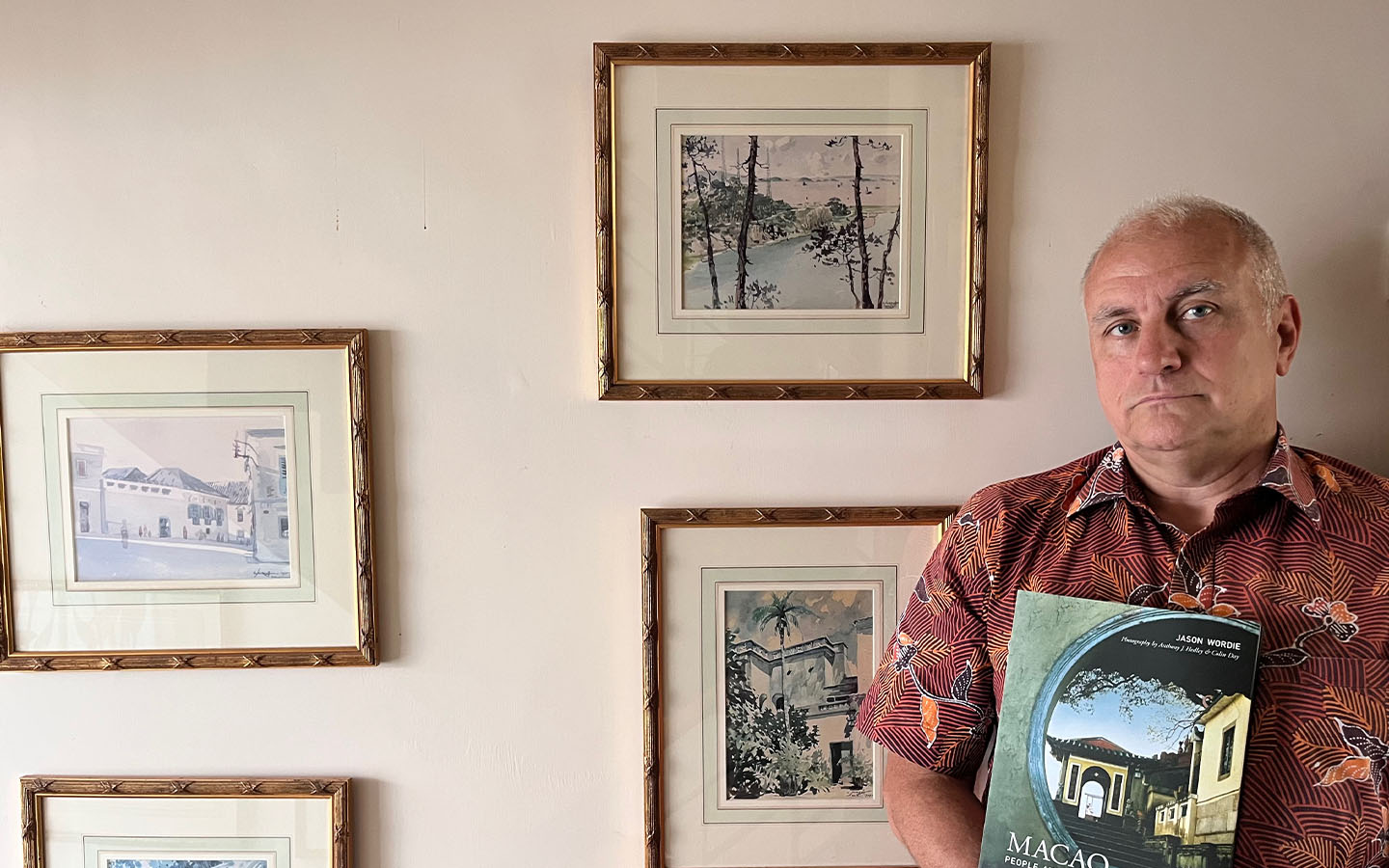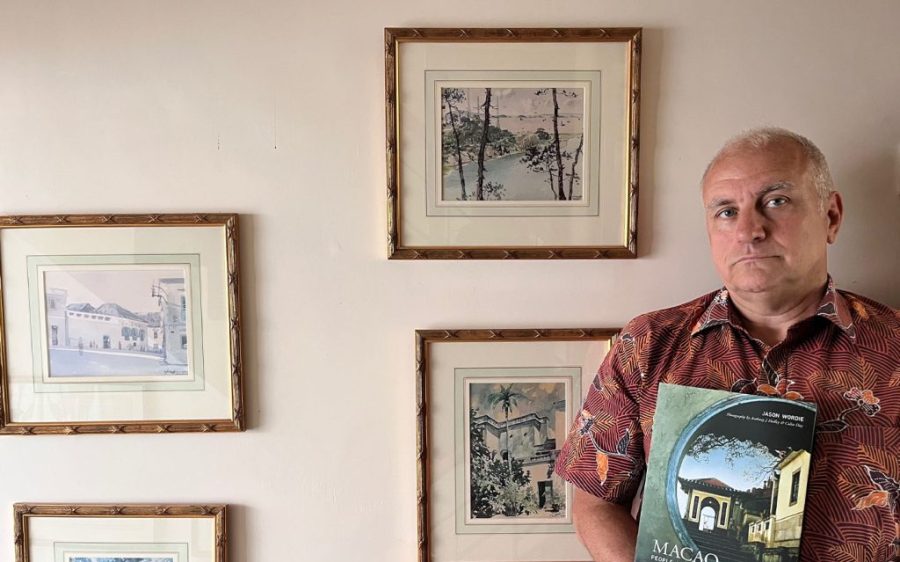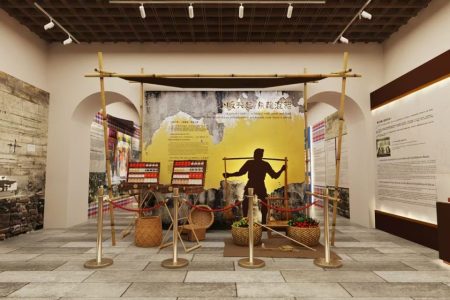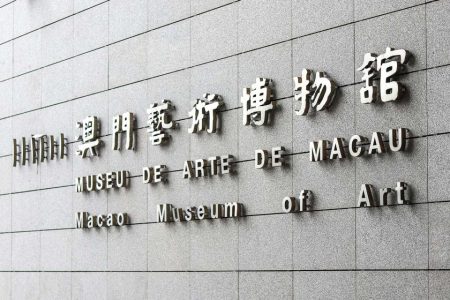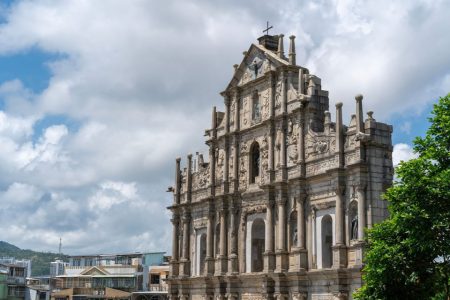It has been eleven years between editions of Macao: People and Places, Past and Present. First released in 2013, Jason Wordie’s work is known for its extensive research, embodied by the book’s 400-plus pages and noticeable space taken on any bookshelf.
The second edition is something closer to home, Wordie remarks. Released by Ricardo Pinto’s Praia Grande Edições last year, Wordie is exceptionally proud that his 2024 iteration was published locally in Macao, given the book’s focus. With a new preface, Wordie reflects on the past decade amid a historical backdrop of more than four centuries, sharing optimism and praising Macao for preserving its palpable uniqueness.
“Macao caught itself in time to realise it has something special to offer,” he notes. “Century-old buildings that would have been demolished elsewhere are being refitted to inspire a new generation that can appreciate them.”
[See more: 25 at 25: Milestones in the history of the Macao SAR]
Wordie points to Hotel Central and Grande Hotel Macao along Avenida de Almeida Ribeiro, keeping the skyline which hovers over the road also known as San Ma Lo relatively unchanged since the 1940s, connecting the past to the modern metropolis.
But the familiarity goes beyond the buildings and century old architecture. Upon returning to Macao after being unable to visit from his home in Hong Kong during the three-year Covid-19 pandemic, Wordie headed directly to the familiar spots and hidden corners of the city, revisiting the Guia Lighthouse and the Old Protestant Cemetery to sit under the shade he remembers keeping him cool.
“It was like the trees were still there to welcome me back after such a long hiatus away,” Wordie says, adding that everything had changed, and yet nothing had been altered.
Embracing the differences and passing the baton
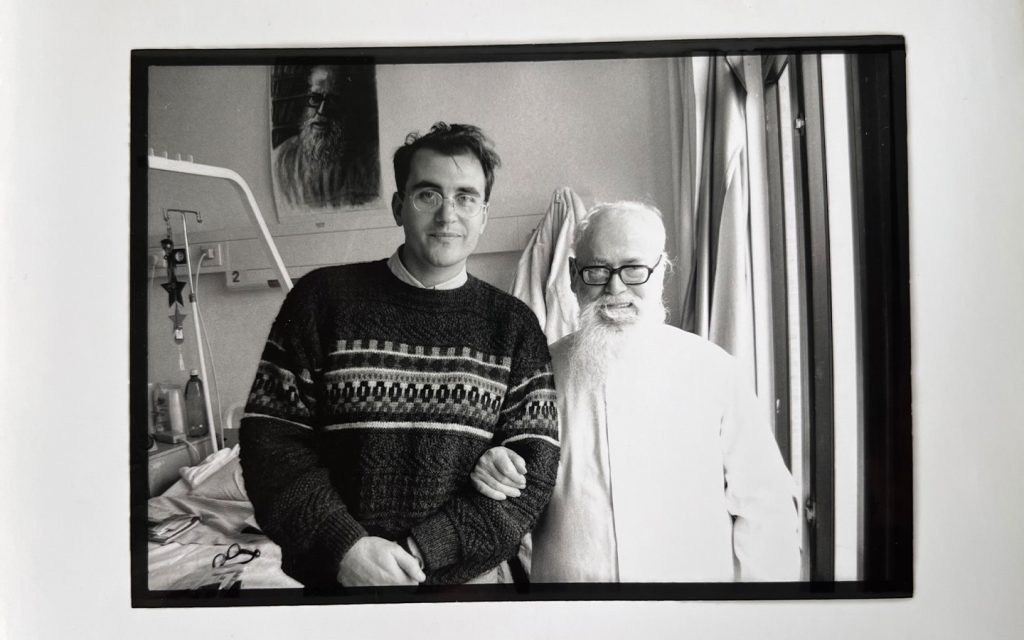
From the early 2010s onwards, Wordie witnessed a growing appreciation for the city’s distinct uniqueness and its historical and cultural juxtapositions. But after more than ten years since his book was first published, that appreciation is maturing, and going into the planning initiatives to position Macao as it competes for an enhanced global role and diversified tourist revenues.
“Besides the tangible, the intangible is being celebrated,” Wordie expresses, referring to the very visible celebration of Macanese cuisine and culinary fusion the city has to offer. “[Things] once seen as liabilities are now important assets, destigmatised and embraced, and that’s a good thing,” he comments.
Underscoring his views, the writer highlights the expanding interest in Macao’s literary scene, noting how the niche interests in the city’s blend of European and Asian influences are becoming more mainstream.
Despite not sitting on any panel for Script Road this year, Wordie was amazed at the number of aspiring writers who approached and asked him for advice. “I’m always happy to be a resource,” he notes. “I was fortunate to have a good relationship with writers and historians like Austin Coates and Father Manuel Teixeira,” he says, respectively referring to the authors City of Broken Promises and Macau e a Sua Diocese.”
[See more: Gazetteer hailed as ‘one of the most important cultural projects’ in SAR’s history]
“I was privileged to be close friends with Irene Smirnoff-Garfinkle, the daughter of Russian painter George Smirnoff, who lived with her father during his time in Macao. I was able to share moments of our relationship in my weekly South China Morning Post column when she passed away in 2023.”
“No one had to help me when I was younger and just starting out. But they, along with a number of kind people, did. And so, I believe it’s only fitting that I do the same for the next generation of Macao writers.”
When asked what advice he would give to any future Macao author, Wordie remarks bluntly, “come to the city as often as possible and experience as much as you can, those feelings are something that artificial intelligence can’t replicate or express, and unlikely ever able to do so.”
